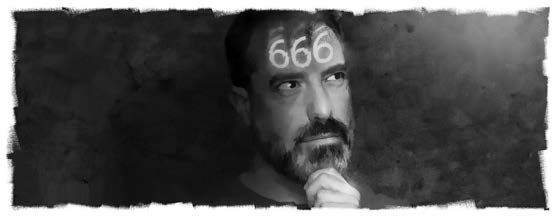A luxury car pulled up at a Seventh-day Adventist elementary school on the first day of classes in Ukraine. Two children carrying bouquets of flowers emerged from the car, together with their parents. Ukrainian children often present teachers with flowers on the first day of school. “We want our children to study at your school,” the father told the school principal.
“I’m afraid that’s impossible,” the principal replied. “We don’t have room.”
The father persisted. “We will buy new desks and chairs for all the students and pay double the tuition,” he said. “Please let our children study.”
The principal wondered whether the father’s expectations might be too high.
“You know that we don’t have government accreditation to hold final exams,” she said. “Your kids would have to take them at the public school.”
“That’s no problem,” the mother said. “We’ll help you get accreditation.”
“You know this is a Seventh-day Adventist school,” the principal said.
Adventists are dismissed as a sect by many people in the former Soviet Union. But the father knew it was an Adventist school, and he was not deterred. “Yes, and we want our children to study here,” he said.
The mother explained that the family had vacationed at the Black Sea a few weeks earlier, and the children had made new friends from the school. Every evening, the children had excitedly told their parents about the school and pleaded to go. Then the mother handed her business card to the principal. She was a city judge. Her husband was a high-ranking military officer.
The children entered the second and third grade at the school, and they immediately loved it. But as the weeks passed, they began begging their parents to read Uncle Arthur’s Bedtime Stories to them just as their classmates’ parents were reading to them. The mother told the children to ask the teacher to sell the books to them. “Then I will read to you every night,” she said. The children bought the books, and she read to them every night.
The months passed, and the children asked to go to Sabbath School and church. The parents took them every Sabbath. The next summer, a year after the family first heard about Adventists while on their Black Sea vacation, both the mother and father were baptized.
“Adventist education is closely connected with the mission of the church,” said Ivan Riapolov (pictured), education director of the Euro-Asia Division, whose territory includes Ukraine. “You cannot separate Adventist education and Adventist mission. Wherever schools open, the church grows.”
Thank you for your mission offerings that support Seventh-day Adventist education worldwide.

